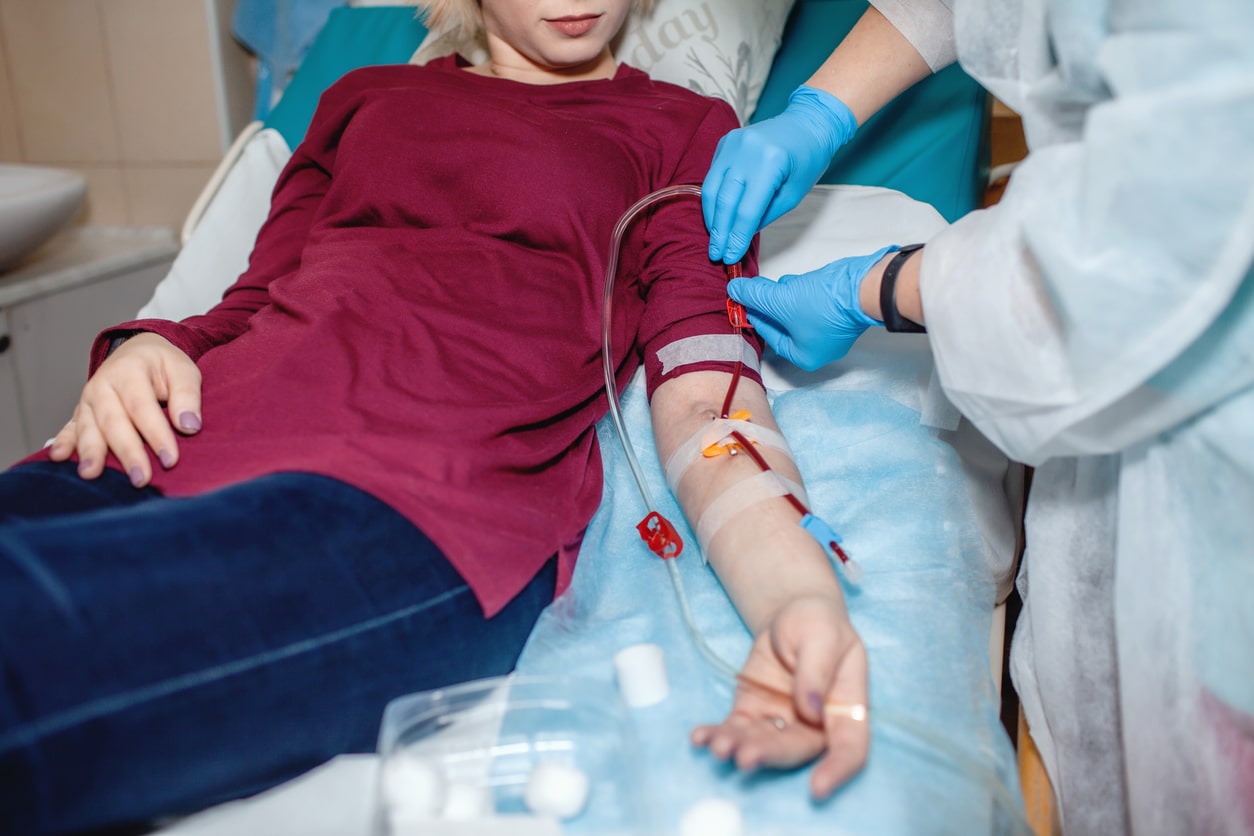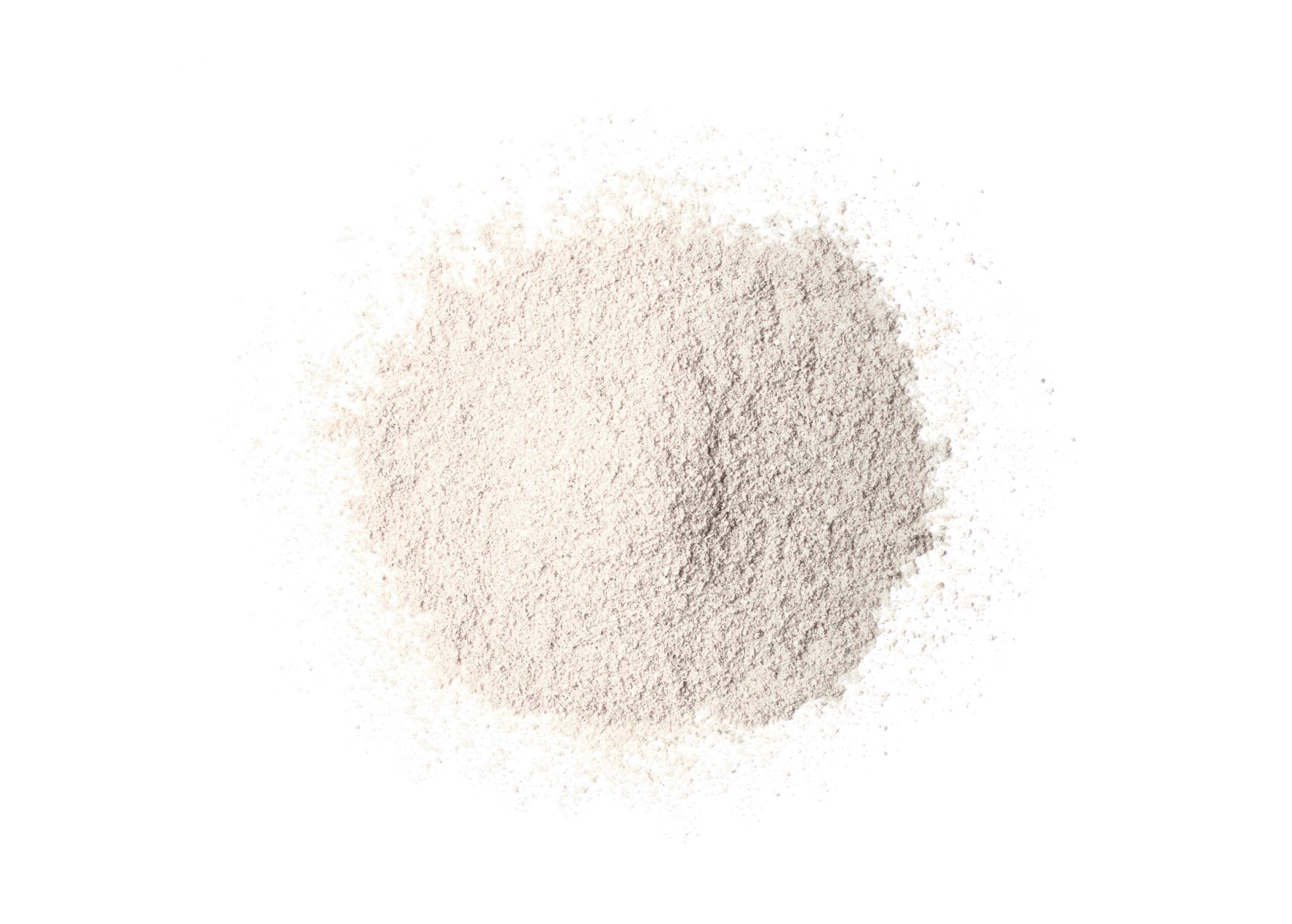
Venous outflow circuit stenosis or occlusion often occurs within the arteriovenous graft (AVG) or arteriovenous fistula (AVF) for hemodialysis. Limited treatment options exist to address this potentially life-threatening complication. One option to restore access circuit patency could be WRAPSODY, a covered stent with flexible ends and a cell-impermeable layer that reduces cell migration and neointimal hyperplasia.
Prabir Roy-Chaudhury and colleagues presented six-month clinical outcomes from the WAVE study (NCT04540302) examining the use of WRAPSODY in the treatment of access circuit stenosis in patients undergoing hemodialysis. The prospective, multicenter, international trial included 43 centers in the United States, the United Kingdom, and South America.
The study enrolled patients with venous outflow stenosis or occlusion, assigning them to either an AVG or AVF cohort depending on their hemodialysis mode of access. The AVG arm was a single cohort (n=113). Participants in the AVF cohort (n=245) were randomized 1:1 to treatment with WRAPSODY (n=122) or percutaneous transluminal angioplasty (PTA; n=123).
The study’s primary efficacy endpoint was the percentage of participants with six-month target lesion primary patency (TLPP), defined as being free from clinically driven target lesion revascularization or target lesion thrombosis. The primary safety endpoint was the percentage of participants experiencing no localized or systemic safety events affecting venous outflow circuit access and resulting in reintervention, hospitalization, or death throughout 30 days.
The safety and efficacy outcomes of the AVG cohort were compared with performance goals (TLPP benchmark: 60%; safety benchmark: 89%). The six-month TLPP was significantly higher than the effectiveness performance goal (81.4% vs 60%; P<.001). The percentage of patients in the AVG cohort who did not experience a safety event was significantly higher than the safety performance goal (95.4% vs 89%; P=.0162).
Participants in the AVF WRAPSODY and PTA groups were well matched regarding demographics, medical history, and target lesion characteristics. The six-month TLPP was significantly higher in the WRAPSODY group than in PTA group (89.6% vs 62.3%; P<.0001). Safety events did not differ significantly between the two groups at 30 days after the procedure (WRAPSODY: 3.4%; PTA: 5.0%; P=.54).
The authors summarized that “The results suggest WRAPSODY may be a promising alternative for treating venous stenosis/occlusion in the venous outflow circuit.”
Source: Roy-Chaudhury P, Razavi M, Balamuthusamy S, et al. Six month clinical outcomes from the WAVE study of a novel endovascular stent for vascular access stenosis. #WCN25-4483. Presented at the World Congress of Nephrology; February 6-9, 2025; New Delhi, India. Funding was provided by Merit Medical. Some data were also presented at the American Society of Nephrology Kidney Week 2024.







 © 2025 Mashup Media, LLC, a Formedics Property. All Rights Reserved.
© 2025 Mashup Media, LLC, a Formedics Property. All Rights Reserved.